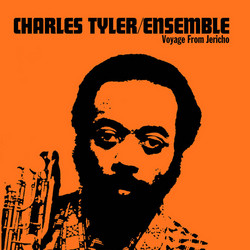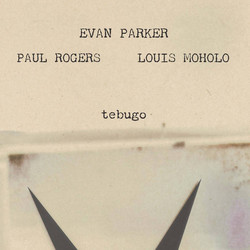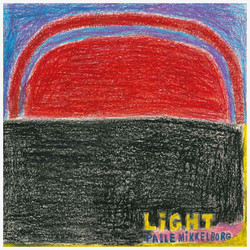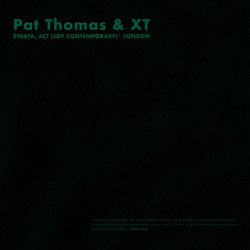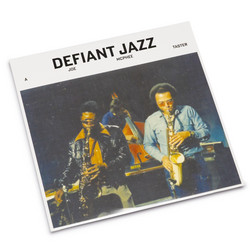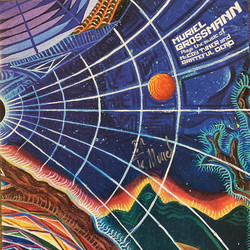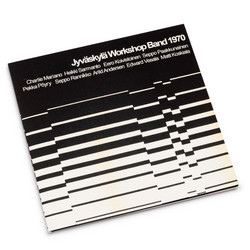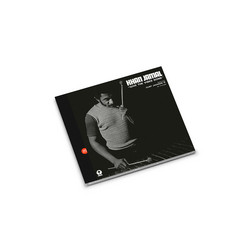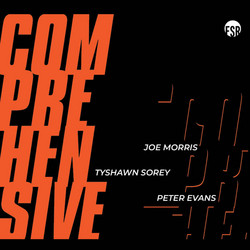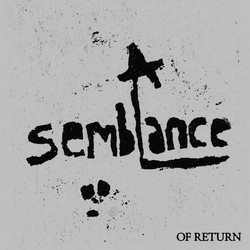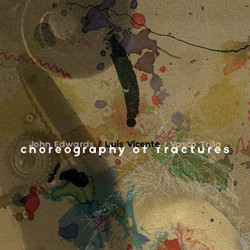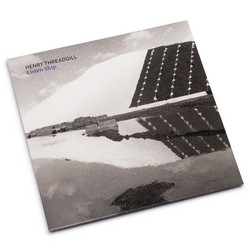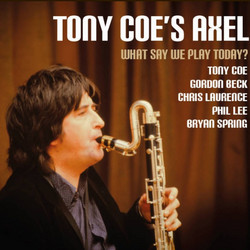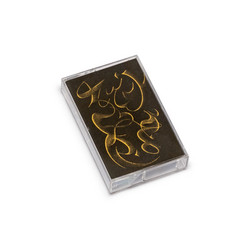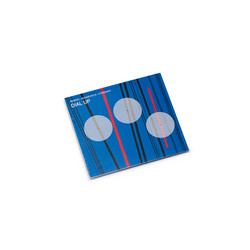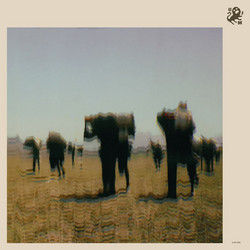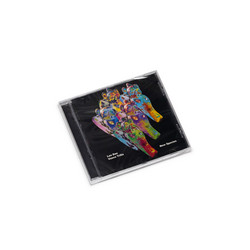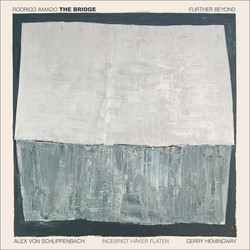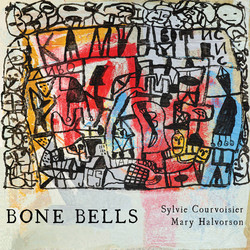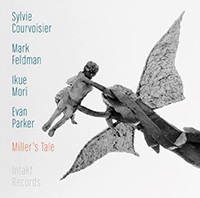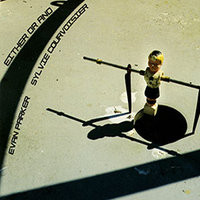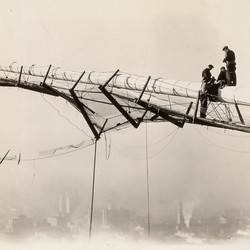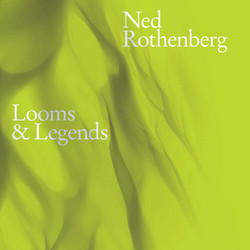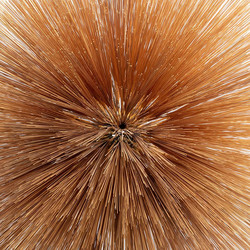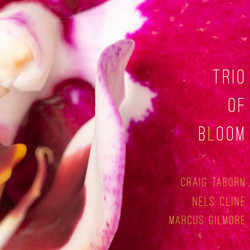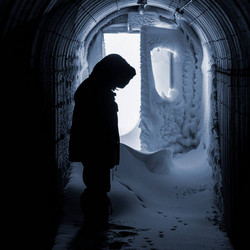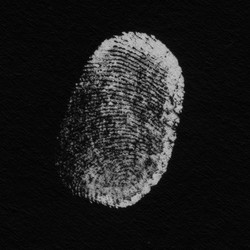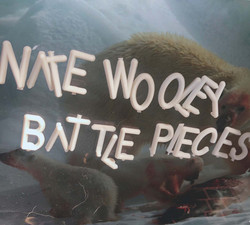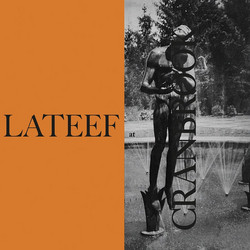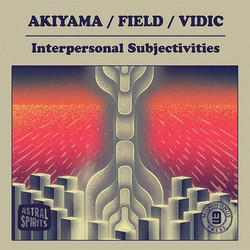Sylvie Courvoisier, Mary Halvorson
Searching For The Disappeared Hour
*2023 stock* "Even though they’re often neighbors in the rhythm section, piano and guitar are not typically a good fit for jazz duets. Some of that has to do with the difference between an electrically amplified instrument and a percussive acoustic one, and some with the fact that the close voicings pianists favor are difficult on guitar, while the open voicings guitarists love don’t easily translate to piano.
But as Sylvie Courvoisier and Mary Halvorson suggest on Searching for the Disappeared Hour, the biggest impediment may be that too few guitarists and pianists have the courage to celebrate their differences. That’s not to say that Courvoisier and Halvorson take an oppositional view toward each other’s axe; if anything, listening to them navigate the winding unisons of “Lulu’s Second Theorem” underscores a mutual understanding of rhythmic impetus, while the skittering line they articulate in “Moonbow” marks both an equivalent virtuosity as well as a shared sense of rhythmic eccentricity. That the two voices share little in the way of timbre, particularly when Halvorson uses her pedalboard, only reinforces the aesthetic common cause they share.
Both Halvorson and Courvoisier have cited the Bill Evans/Jim Hall album Undercurrent as an inspiration for their second duo album, and it’s worth noting that Undercurrent is reflected here as much for the individuality of its voices as for the way it blended piano and guitar. Courvoisier and Halvorson reach across the specifics of their approach to celebrate a mutuality of taste: of melodic shapes, of rhythmic structures, of harmonic color. The most pleasurable moments, though, come not when they’re reaching forward, but when they’re touching back—Courvoisier quoting Beethoven’s Moonlight Sonata in “Golden Proportion,” Halvorson playing off “Lucy in the Sky with Diamonds” at the top of “Faceless Smears”—because it reminds us that, however radical their approach, these two are very much part of an ongoing tradition." - Jazz Times
